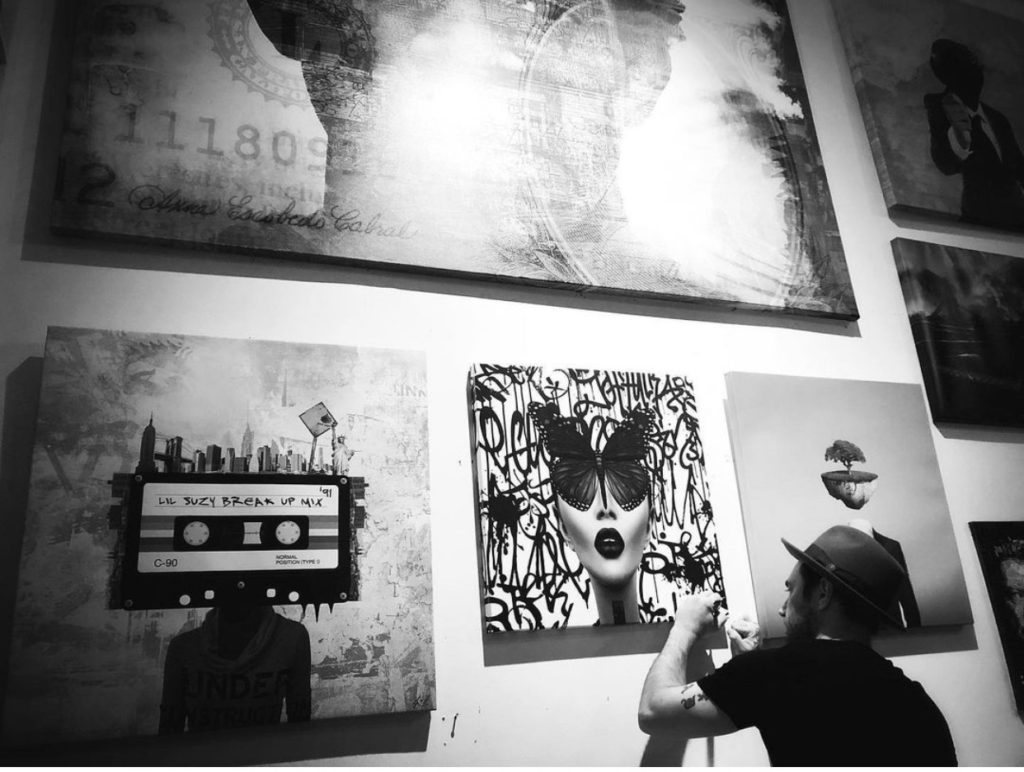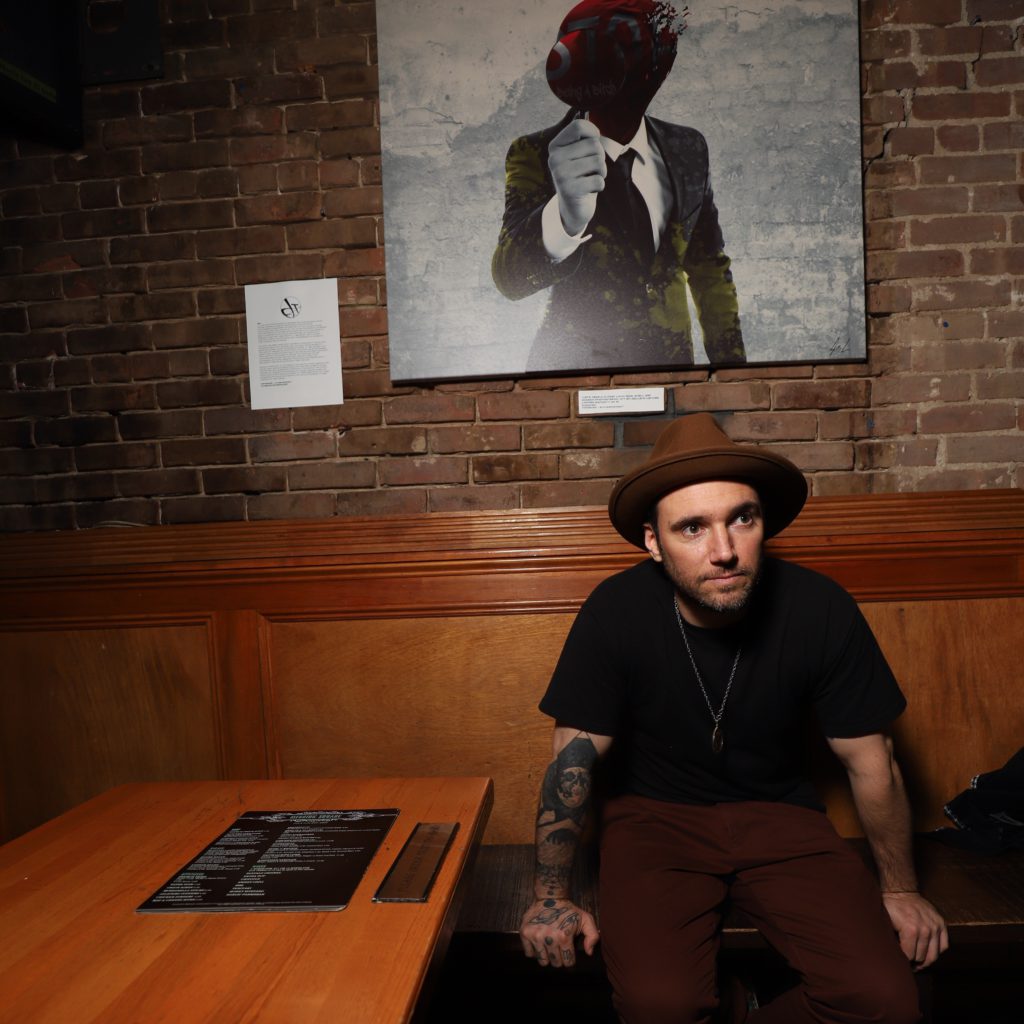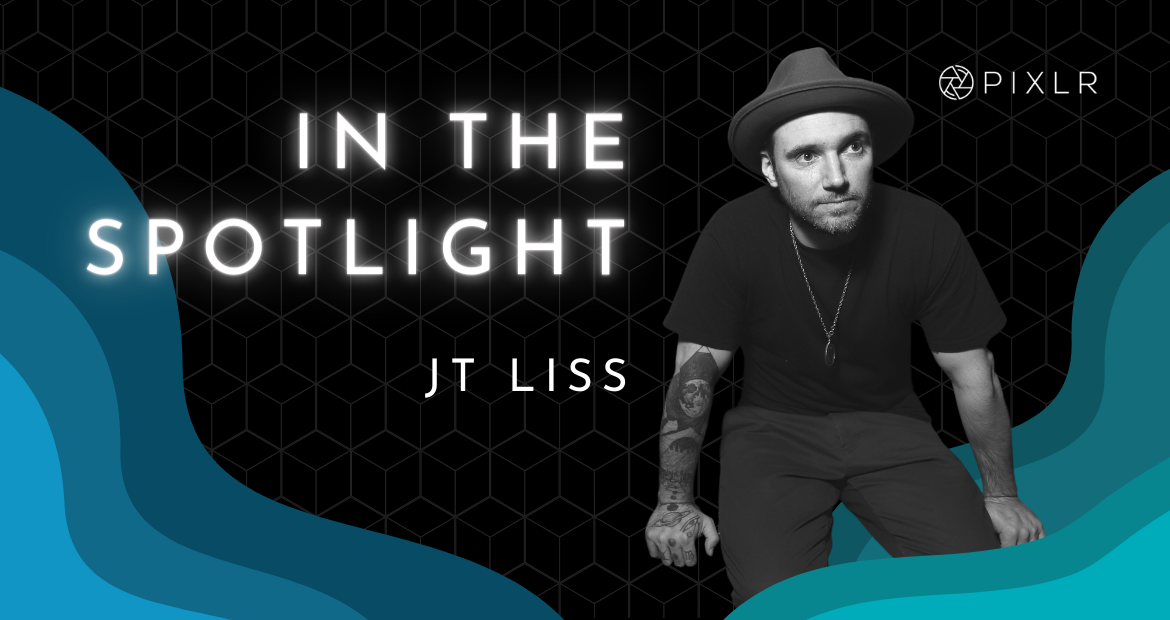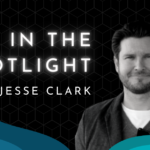In The Spotlight | J.T. Liss
“Be an authentic human and an authentic artist.”
J.T. Liss is a photographic artist whose talents are internationally recognized, with his work featured in multiple exhibits, grabbing the attention of notable magazines and Grammy-winning artists.
By allowing the viewers the chance to develop diverse perspectives from his creative pieces in combination with poetry, he has been able to showcase his distinctive photography and compositing skills. And if you’re looking for guidance on your journey as an emerging photographic artist, J.T. Liss has got some tips for you!
In this week’s Pixlr Spotlight, J.T. Liss talks about his process of using Pixlr, the start of his career, audience engagement, and his advice to aspiring creators just like you.

How often do you use Pixlr in your work?/ What is your favorite Pixlr tool or feature?
I use pixlr on some level in just about every piece I created. Whether it is an entire creation or using pixlr for a slight adjustment to an already completed piece, it always plays an important role in my work. My favorite tool is hands down the layering options. I still remember the first moment I explored that feature back in 2008.
What are some of your favorite Pixlr videos or visuals?
I watched an initial video on layering when I first started, but I really just took the time to explore the program on my own. It took a good 10 years to really understand all of the functions of pixlr and how to use them to create what was in my mind. If you look at my process it may not be the most streamlined way to reach the end of a creation, but I’m happy to say it is my process.
What do you like most about our Pixlr community?
What I like most about the community is the diversity of people and work involved. You have students in one part of the world collaborating using this wonderful program to create a final project for their class, a family member using pixlr to create a birthday card for a loved one, or a serious digital artist creating a piece that they will display in an upcoming exhibit. It’s so great to see how often and in how many different ways pixlr is used in a day.
How did you hear about us?
I found you doing rigorous searching on the internet back in 2008. I was looking for a program to help me with blending two photos into one. I tried other online software and it just wasn’t for me. Then I came across pixlr, found a brief tutorial, and once I learned how to layer that was it. I knew what I wanted to do with the rest of my life and I have pixlr to thank for that.
How did you get started in your YouTube/Instagram?
I got started on instagram because I knew it would be a good tool to display my work, direct people to my website, and be used as a digital portfolio. I still use it to this day.
Did you always know you wanted to do this career?
I started off in photography, mainly street photography, and I enjoyed it, but I wanted to figure out how to differentiate myself from the large pool of photographers, so that is when I began exploring digital art and photo manipulation. I took the time to develop and evolve my style and I’m happy to call myself a professional artist.
How and when did you know you can make this a career?
I knew I could really make this a career when I had my solo exhibit in Barcelona, Spain. I connected with gallery owners Will & Alex Yaya of Crisolart Galleries in New York City. They really liked my work and asked if I would be interested in taking it internationally. The fact that a legit gallery wanted to work with me in that capacity and help bring me and my work overseas validated all of the time I put into my dream. Since then I have created album covers for Grammy winning artists, big names in the music and movie industry, and I get paid to do it. I put so much into this, so it really means a lot that people overtime took notice.
How do you keep your audience engaged?
By creating new work and finding new and creative ways to display it. I recently created a fine art clothing line where I have put some of my artwork on clothing. Wearable art that people can afford. It has been going really well.
What do you think is most important when you’re looking for ways to engage with your audience?
The most important thing is to be authentic. Be an authentic human and an authentic artist. I see a lot of people right now creating work in the style of other artists, or using celebrity portraits that are not theirs to create pieces, or following quick trends like some of the work you may see in the NFT community. My style has evolved and will continue to evolve as I will continue to evolve as a person. But it will always remain true to my intention. I am greatly inspired by other artists, but I’ll never bite off of their work or act how certain influencers act to gain some clout. Intention is so important. Before I do anything, I always ask myself “Why am I really doing this? What is my intention?”
What do you love most about working in this industry?
I love the crew of artists around me that are genuinely happy for each other’s successes. I love that we motivate one another with a healthy competition to just get better at what we do.
How do you stay current on all the shifts and innovations?
It’s been difficult to keep up the past several months with how quickly technology has been moving. I’m honestly still processing some of it in order to make the right moves in the near future.
Have you noticed any positive or negative changes in your work since the pandemic?
My work improved tremendously during the pandemic. For the first time in my life I didn’t have to leave my apt to go teach. I was able to be still, really be present with my work.
What advice would you give aspiring creators?
Find your style. Don’t try to be like another artist.You can certainly be inspired by them, take pieces or concepts and adapt them to your own work, but don’t copy.
Tell us about your production workflow and the planning involved.
It varies. Sometimes I think of a concept and execute it on the editing side of things or I begin working on the piece and the story evolves as the piece does. My mind is always in the creative process though. Even when I’m not in front of a computer, I’m thinking about my next moves.
How long does it normally take you to create content and do you have several projects happening simultaneously?
I always have multiple projects going on. Whether it be a commission or a collaborative project on top of my personal projects, my brain is constantly in multiple directions. The time it takes to make a piece really varies based on the complexity of it. Some I can knock out fairly quickly. Usually my personal projects take weeks. However, I’m only able to create these in various time frames because I put thousands of hours in my work before I was even noticed.
What’s the biggest challenge you face producing content and how do you overcome it?
My biggest challenge is probably getting into the 3D rendering that a lot of NFT collectors are looking at. There is some serious talent out there and they are doing very well. Like anything else, I just have to put in the time and work.

Want to see more of J.T. Liss’ work? Check out his website or follow his Instagram to view his art pieces!


